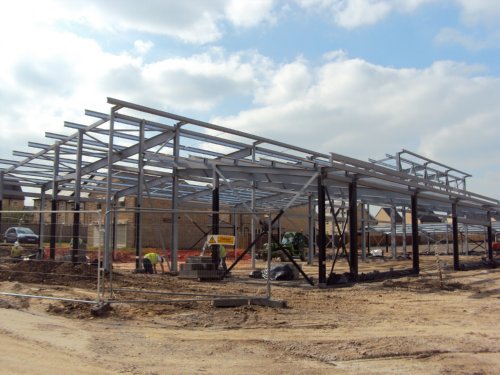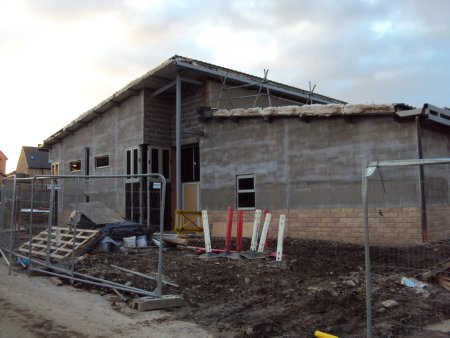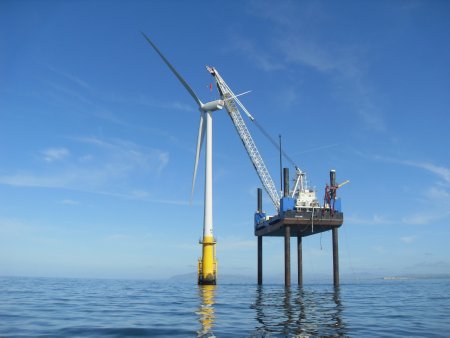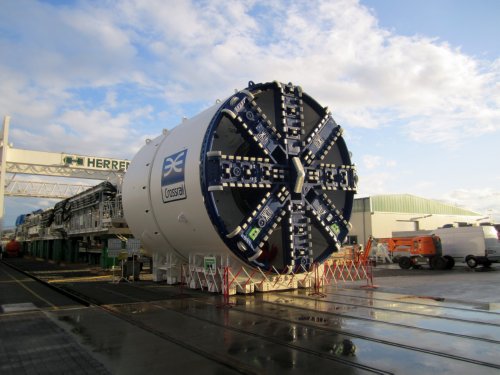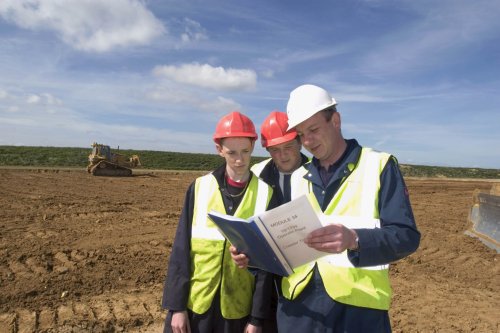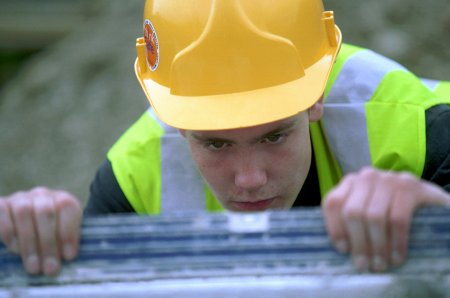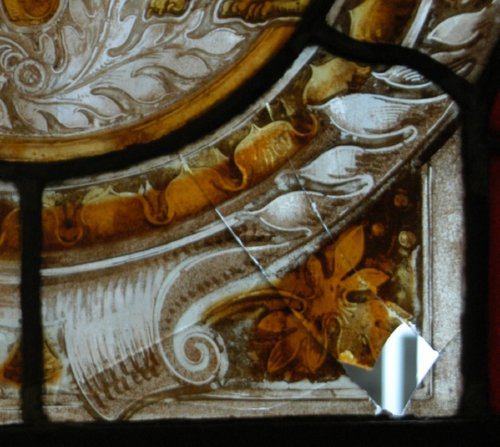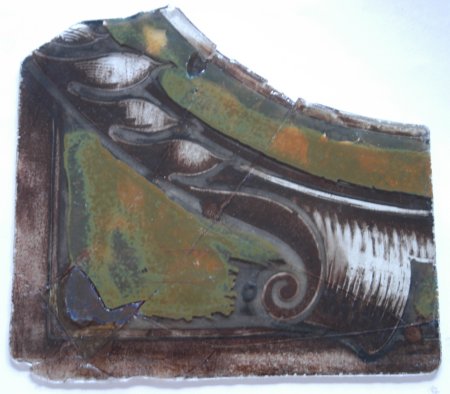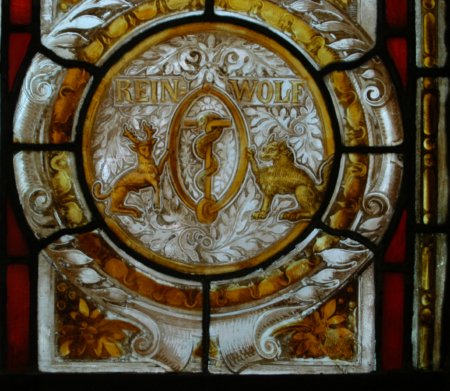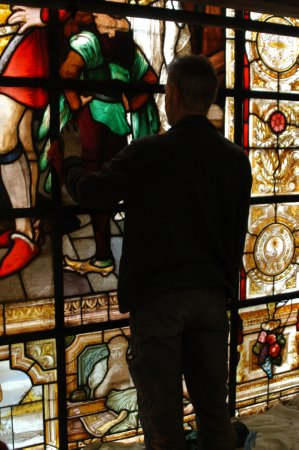Main contractor GRAHAM Construction has almost completed a challenging project to restore Barnsley Town Hall back to its former condition.
The intensive refurbishment project began in March 2011 and has included internal alterations and refurbishment, new windows to external elevations and structural repairs.
Barnsley Town Hall was hidden under a curtain of 700 square metres of scaffolding for eight months whilst essential work was carried out to the exterior. In total, the contractors removed almost eight years of accumulated dirt. This huge task included essential re-pointing of brickwork and the restoration of the fine stonework, which will ensure the longevity of the building for future generations.
Martin Flynn, GRAHAM Construction, said:
“Old buildings are always interesting because they are an unknown quantity, whether that is to the designers of the contractors, until you get in there and open them up, you can’t be entirely sure what exactly it is that you are dealing with.
“It is always challenging to restore a building as close to the original condition as possible, and this project was certainly no exception. However, with the challenge comes a great sense of achievement and I can honestly say that this has been an extremely enjoyable for us as a company to work on.
“I am extremely pleased with the progress that has been made and hope to deliver Barnsley Town Hall back to the client in the condition that they are expecting to find it.”
Also included as part of the overall refurbishment scheme is the creation of ‘Experience Barnsley’, which will incorporate museum galleries, an archives centre, learning centre, workshops and a cafe. In addition to attracting tens of thousands of visitors to the town centre each year, the galleries will showcase the many attractions and heritage sites that the town of Barnsley has to offer.
Facilities for the borough’s heritage community will include training, specialist equipment and heritage workspace. Staff will also be on hand to help with activities and events.
Dr. Fiona Spiers, Regional Director of the Heritage Lottery Fund for Yorkshire and Humber, said: “The impressive restoration work undertaken means that once again Barnsley Town Hall stands proud.”
Councillor Steve Houghton added: “We look forward to Barnsley Town Hall reopening, when it will continue its role as the civic and democratic heart for future generations, as well as welcoming and attracting new visitors to the town as the new museum and archive centre, Experience Barnsley.”
GRAHAM Construction
GRAHAM Construction dates back to 1798 and became incorporated as a limited company in 1955. Since then the company has successfully completed numerous landmark projects and has subsequently become a leading player in all areas of building, civil engineering and facilities management. Today, GRAHAM has more than 1,000 employees and operates from a network of regional offices across the UK and Ireland.
For more information on GRAHAM Construction, visit www.graham.co.uk.

